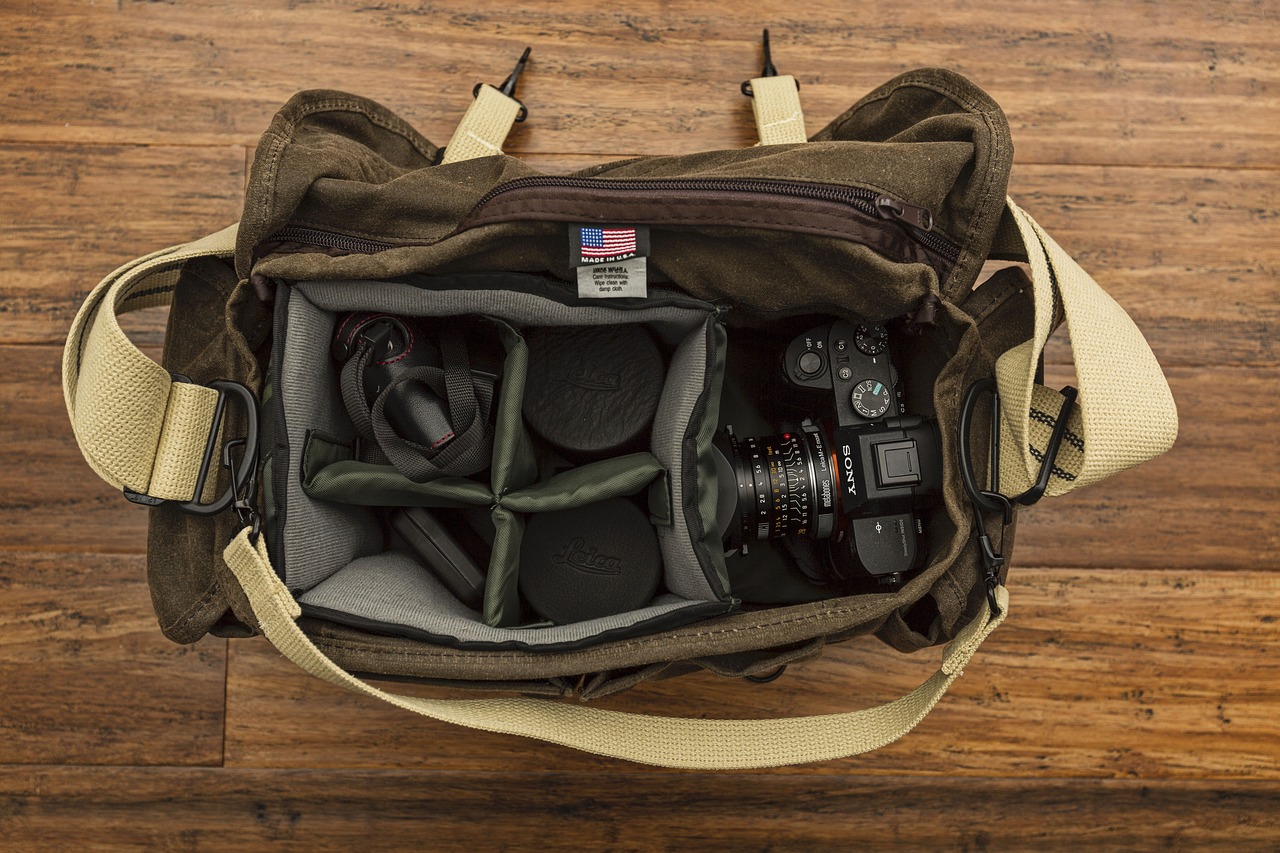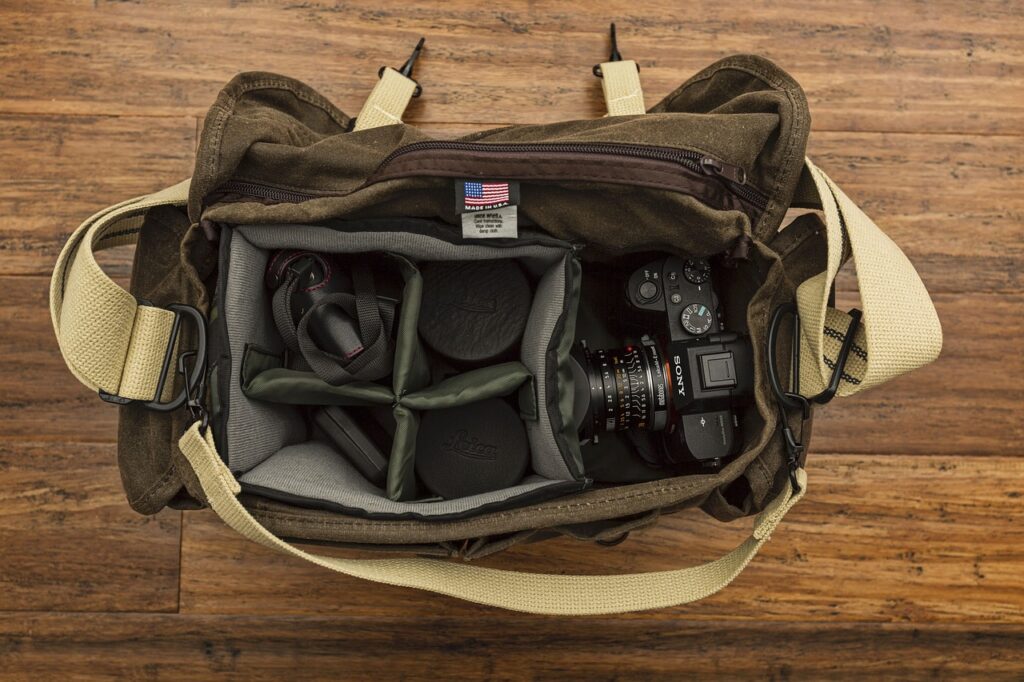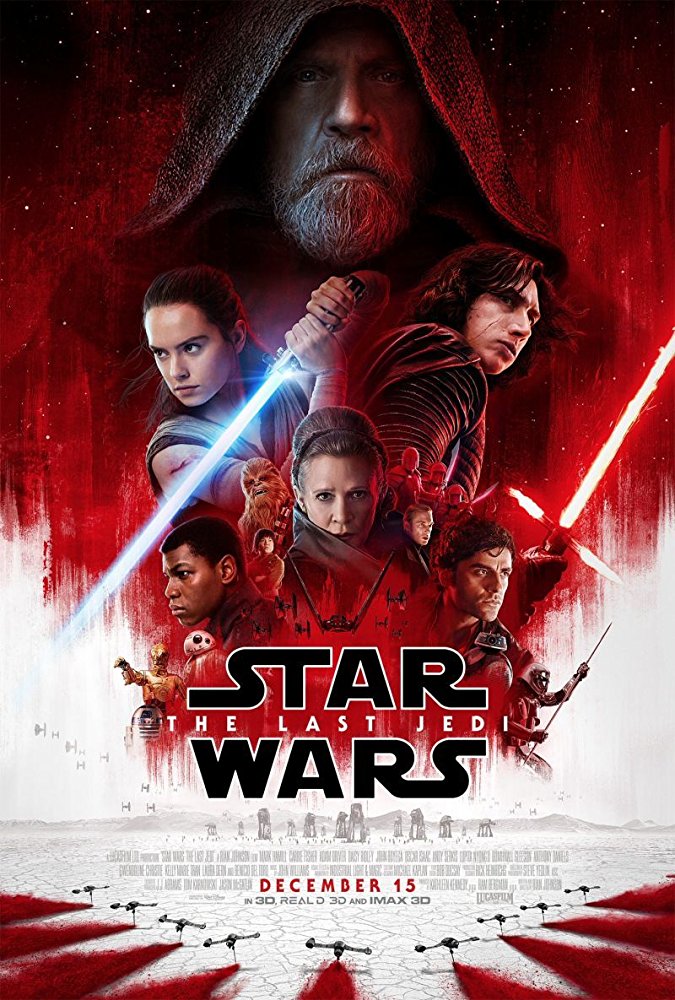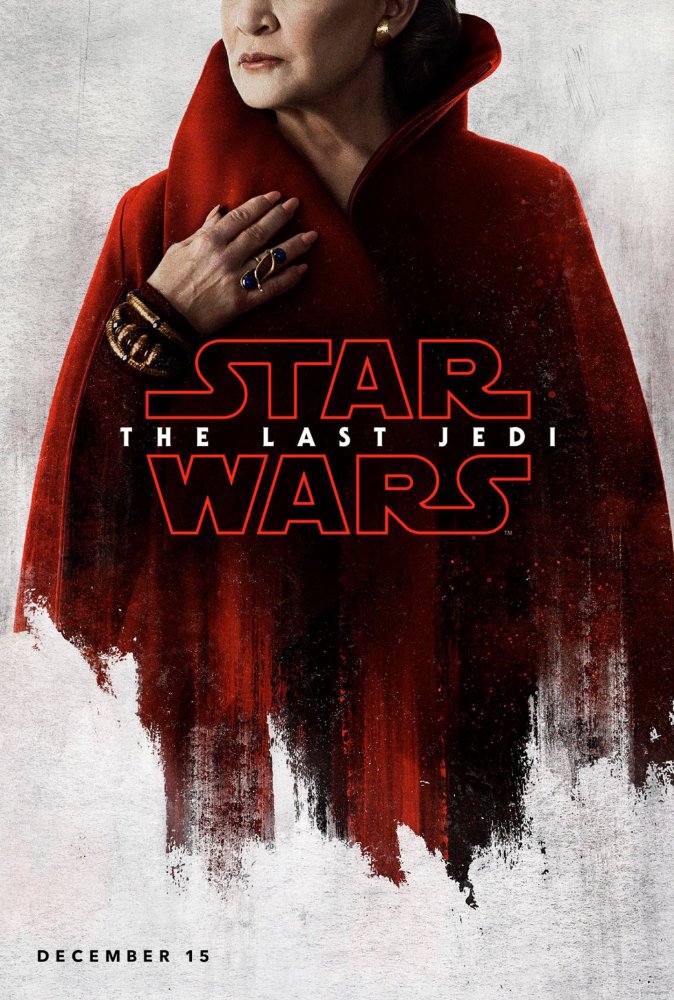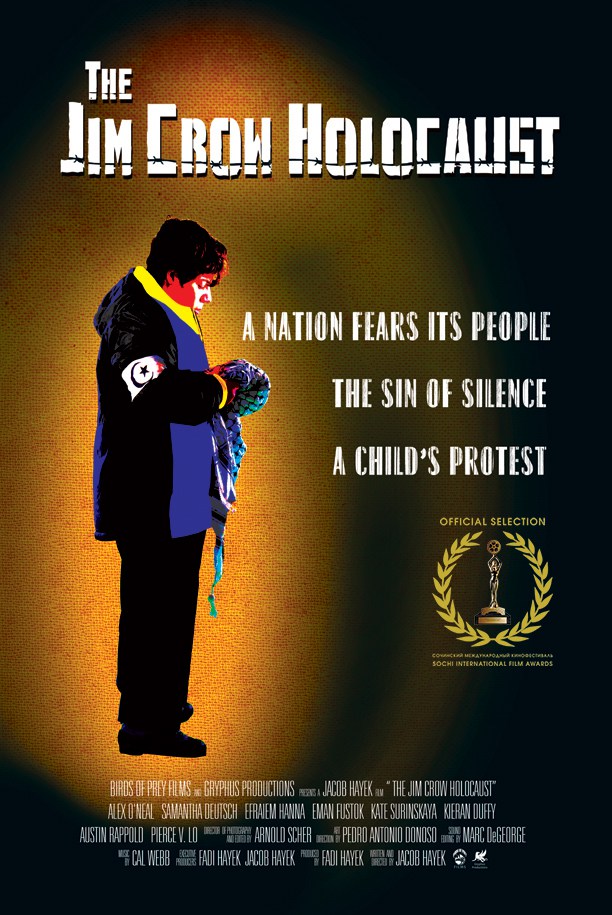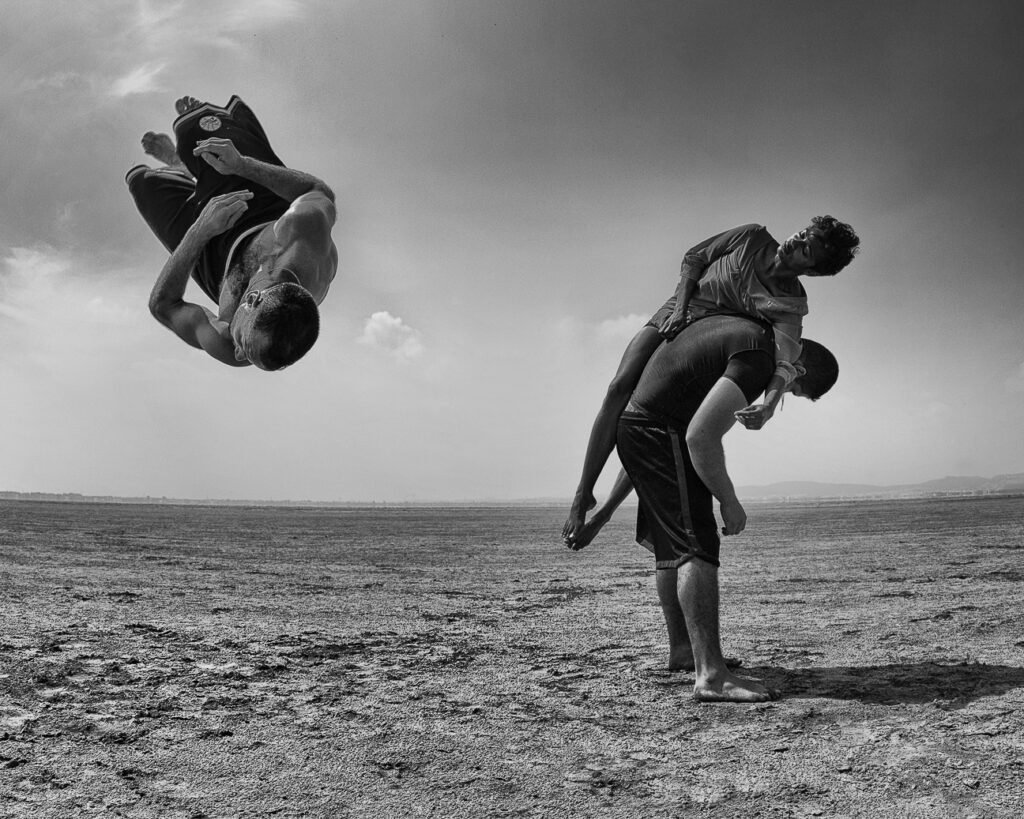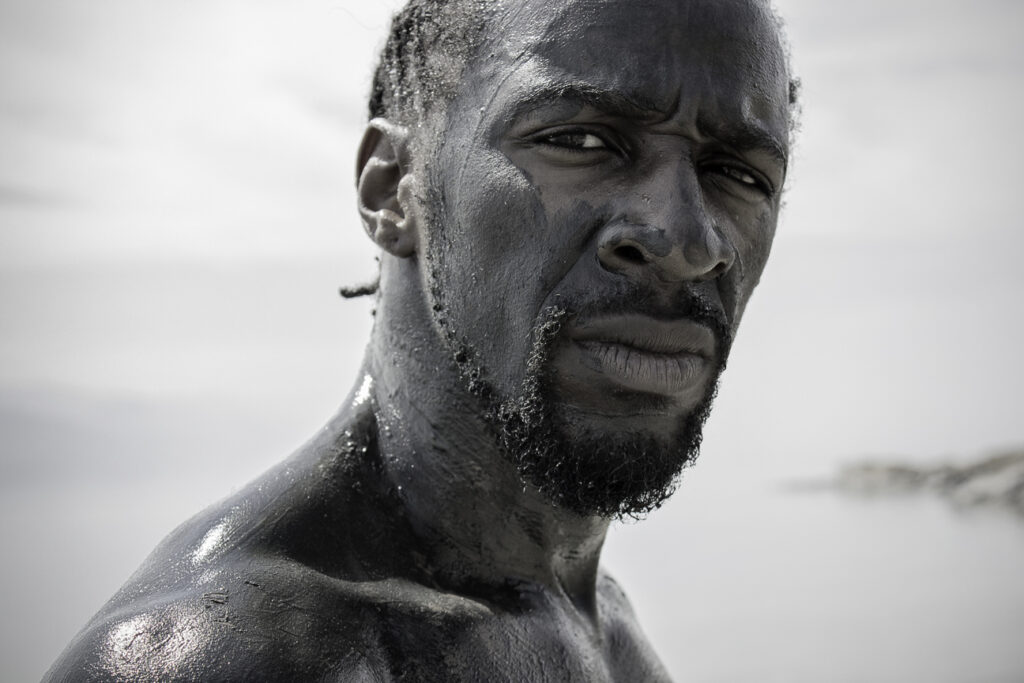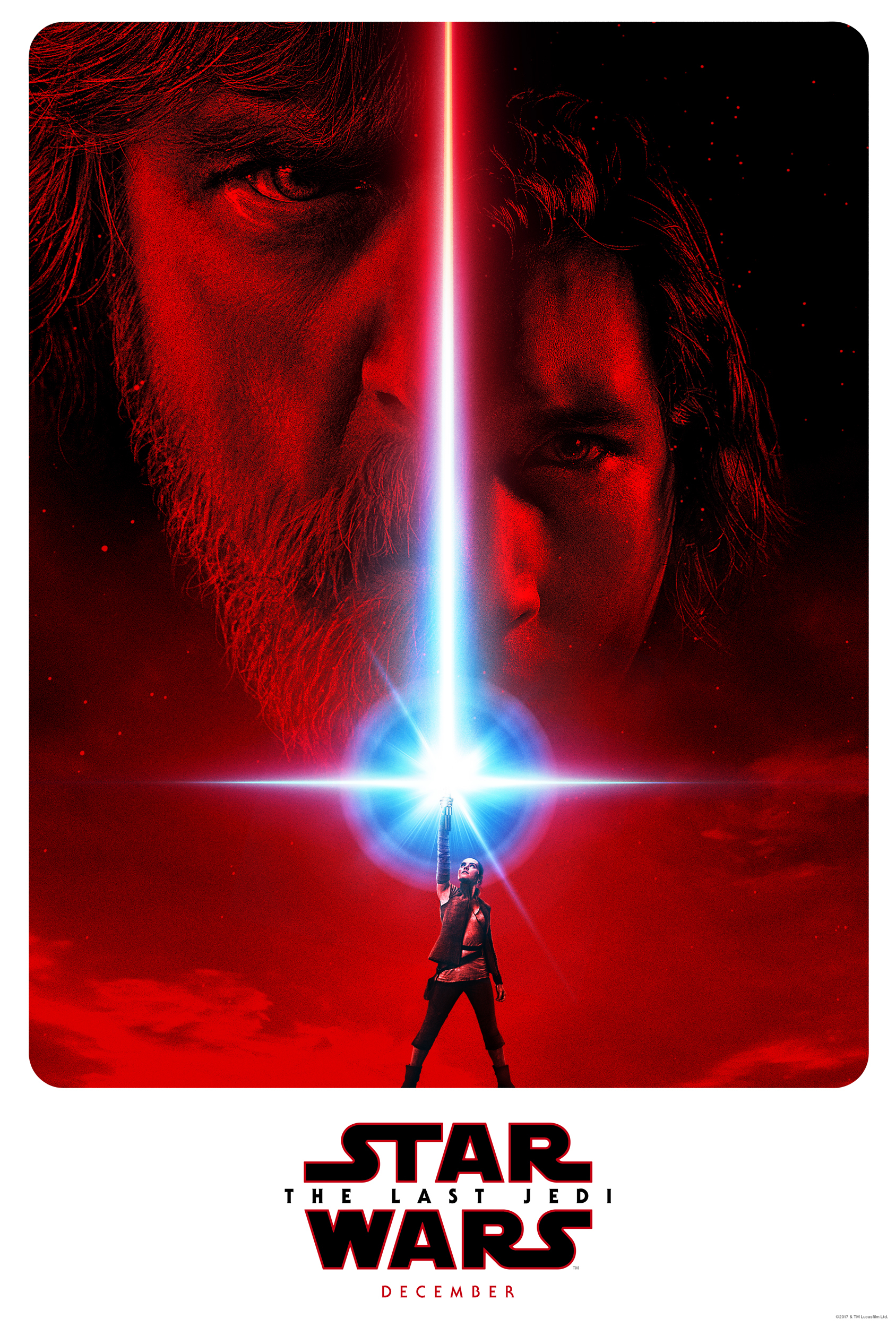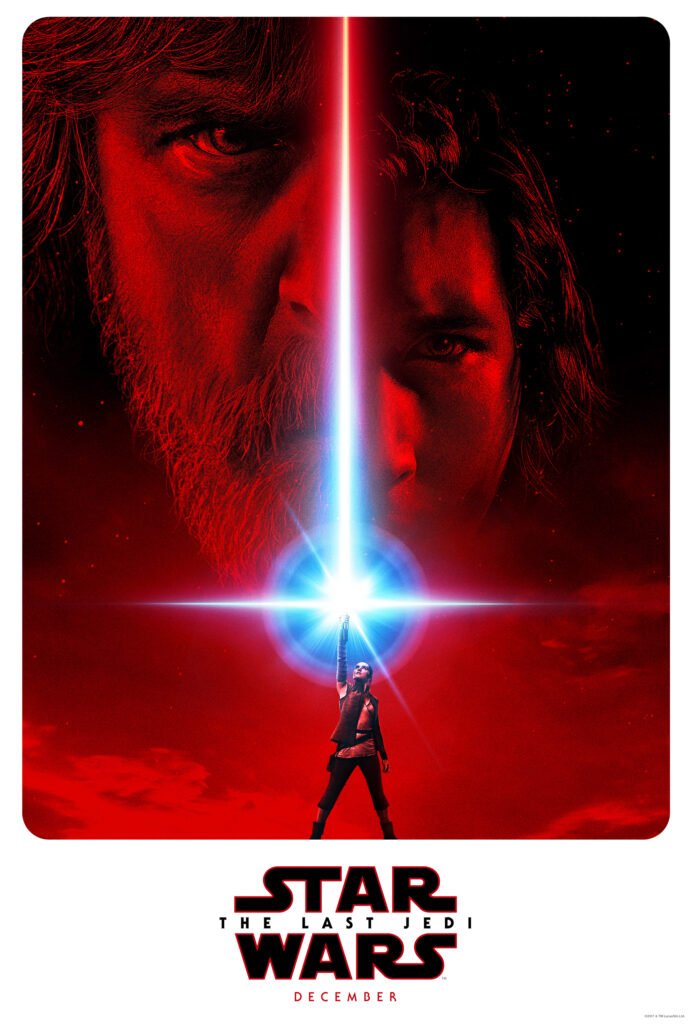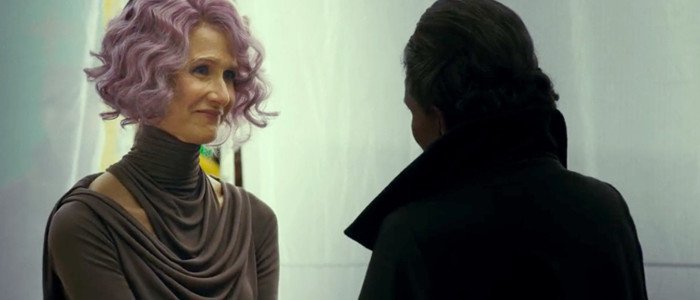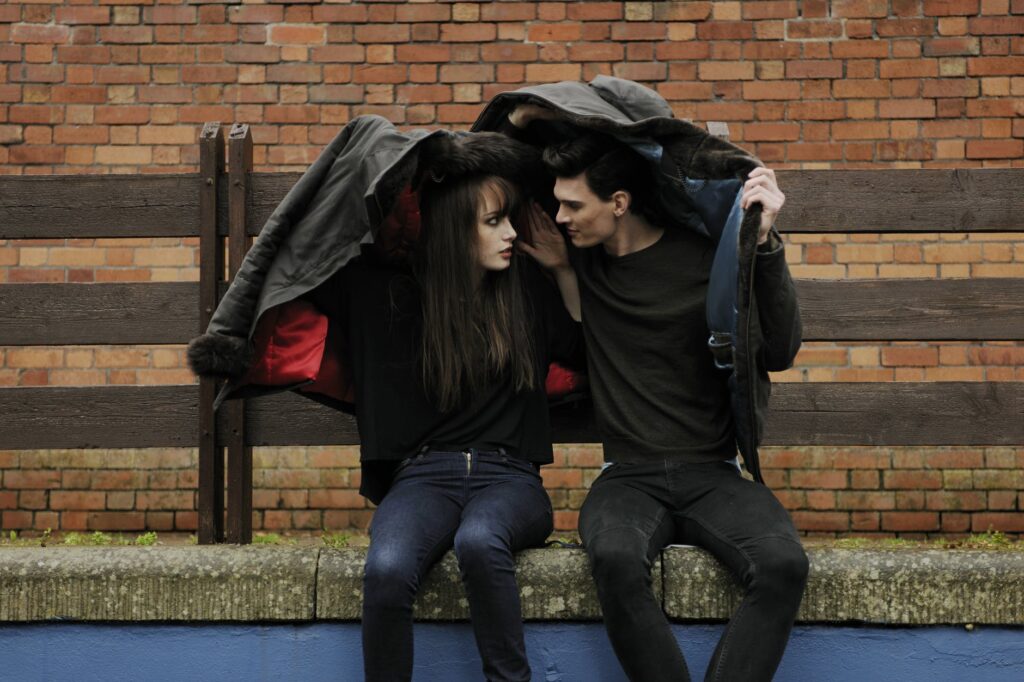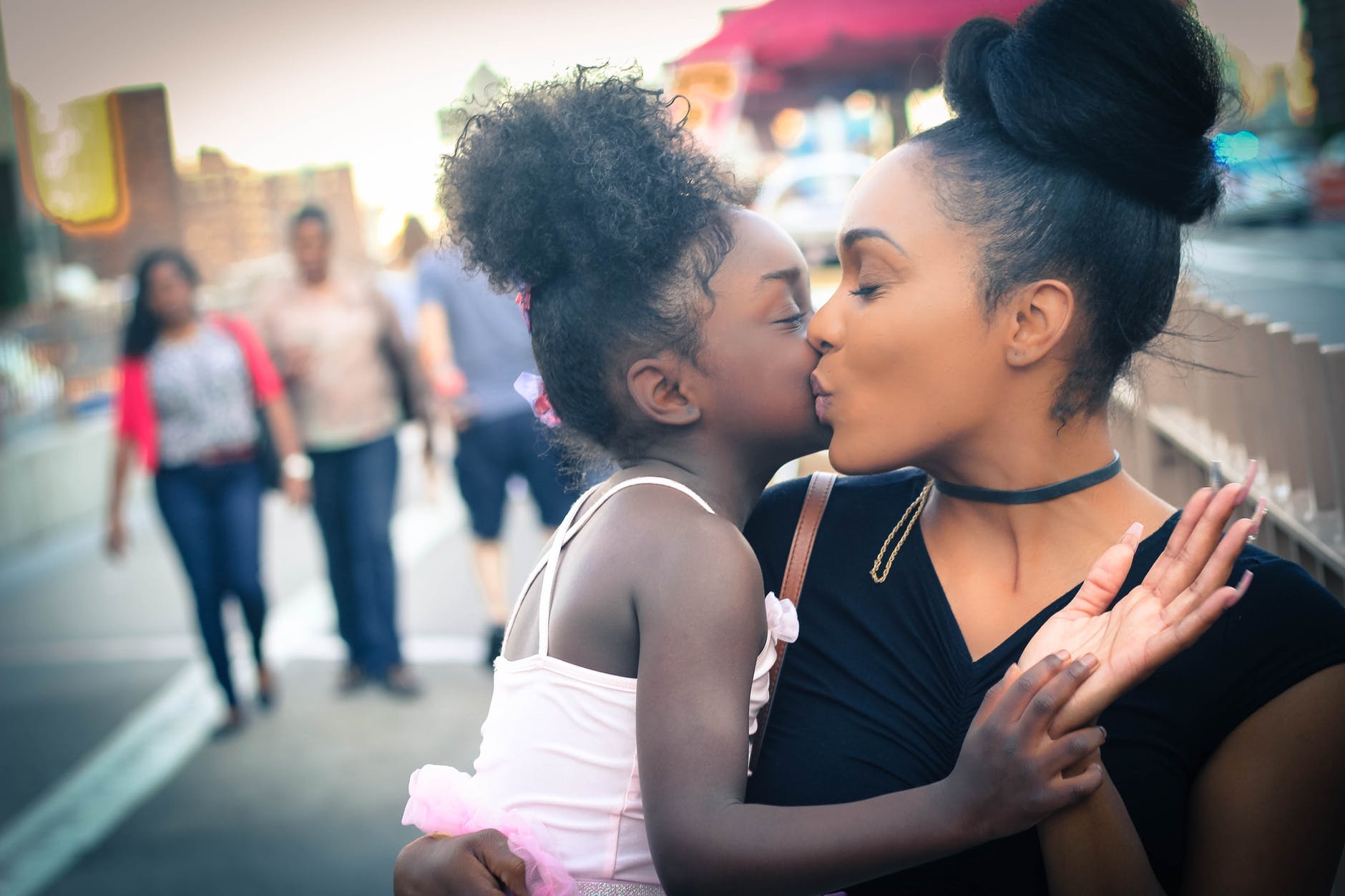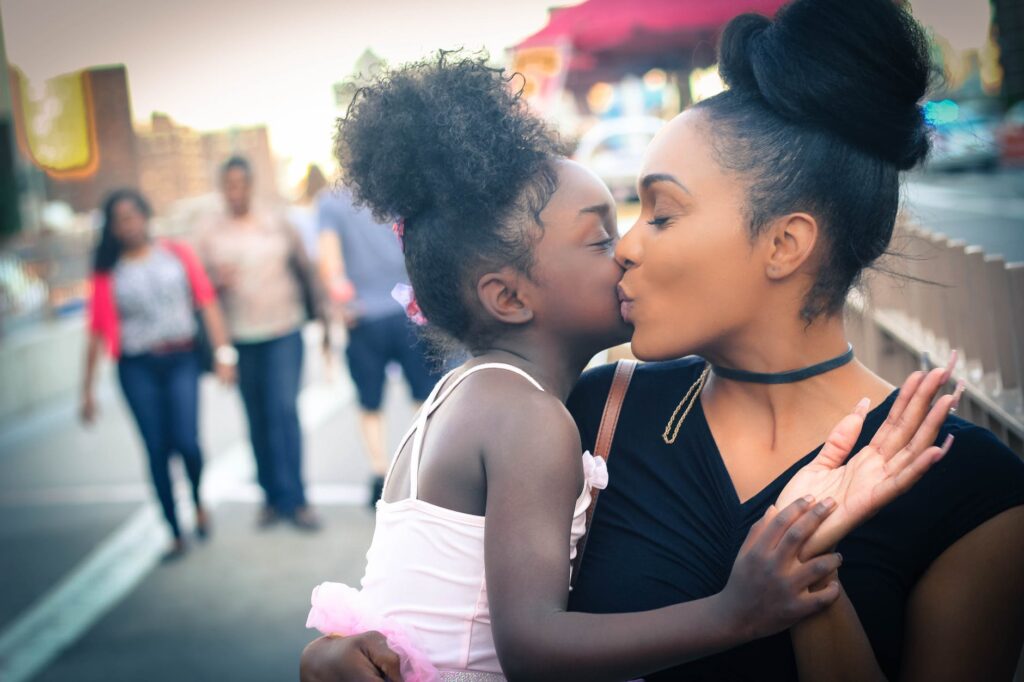Most of us who fall in love with photography remember the moment we saw a specific image that changed the way we see the world. Whether the “Afghan girl” on the cover of National Geographic or the WWII sailor kissing the nurse in Times Square, many images have stamped their mark not only on our hearts, but on history.
In photography, the industry moves fast — but that doesn’t mean that powerful images can’t stand the test of time. In fact, vintage photographs (images more than 20 years old) are a vital part of shaping our understanding of photography as an artform, and learning to see the world a bit differently.
This week, we asked our NYFA Photography School to weigh in on their favorite classic photographers and their favorite vintage photographs. Check out what they had to say!
NYFA Photography Senior Program Coordinator John Tona:
Armed with nothing more than his 35mm camera, LIFE’s Robert Capa joined the 34,250 troops who landed on Omaha Beach on D-Day.
Although only a few images survived that day, his most iconic image of Private First Class Huston Riley gave the world a view of the dangers faced by soldiers during war:
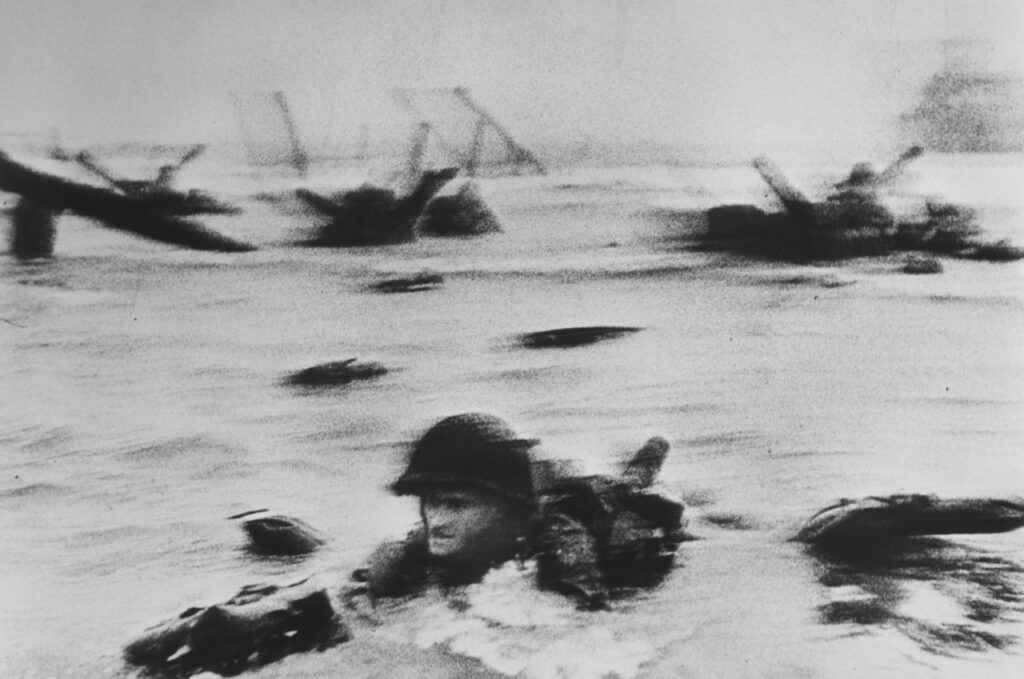
What makes this image even more impactful for me is the perspective in which Capa made this photograph, turning his back to the Nazis to capture Riley making his way through the surf toward the enemy.
NYFA Instructor Jackie Neale:
Robert Frank would be my favorite photographer of yore.
Robert Frank’s photographs from his book, “The Americans” (1958), display 35mm vernacular photography at its best. Frank framed and captured time as if we, the viewer, happened into the remarkable split second just as the persons, the wall, the ceiling, the car, the baby, the cowboy, the bus all orchestrate themselves into lyrical narratives of space, geometry, timing, contrast, gestures, and humanly beauty.
Frank mastered timing and the abstraction of time all at once. Robert Frank is my favorite photographer and his work from over a half century is a glowing example of making the photograph into a relic and revealed object of art.
NYFA Instructor Paul Sunday:
My favorite “vintage” photography is that of Man Ray:

His enthusiastic experimentation early in the last century set the stage for the future of photography’s infinite possibilities. He was an interdisciplinary artist and, in his photography, a great adventurer — exploring every aspect of the form, from portraiture to abstraction.
NYFA Instructor Jaime Permute:
Growing up in Guatemala, we did not have access to photographic schools such as the New York Film Academy. We were all essentially self-taught. We pored over photographic books and magazines and tried to befriend more established photographers in our efforts to learn the tools of the trade. I was lucky that my father was an avid photographer himself and had a substantial library at home. This is how, even without ever meeting him personally, Manuel Alvarez Bravo became one of my great teachers. During my teenage years, his monograph “Instante y Revelación” was my constant companion.
Alvarez Bravo is Mexico’s most famous photographer. His life spans exactly 100 years and it begins and ends with the 20th century. Alvarez Bravo had a prolific and distinguished career. His circle of intimate friends include some of the most notable writers and artists of his times: Diego Rivera, Frida Kahlo, Octavio Paz, Edward Weston, Tina Modotti, Henri Cartier-Bresson, Andre Breton, Sergei Eisenstein and many others.
Alvarez Bravo is most commonly understood in the context of surrealism. However, one might also argue that his work is essentially documentary in nature and that the reality of Mexico itself lends his photographs their mysterious and dreamlike quality. My greatest debt to Alvarez Bravo is his understanding of the poetics of image-making and how artistic intention reveals the other side of reality, the one that lies hidden and out of sight, beyond the mere surface of things.
NYFA Instructor Joan Pamboukes:
One of my favorite artists and major influences is László Moholy-Nagy.
I’ve always loved to read and learn about Moholy-Nagy’s experimentations not only in the darkroom but also with other types of media (especially his Light Space Modulators, these kooky sculptures that made colorful light patterns).
He was something of a mad scientist, an innovative thinker, and an educator at the Bauhaus. He encouraged photographers and his students, as part of the New Vision, to witness and document the world in unexpected ways, utilizing strange vantage points and abstracting reality. He also embraced technology and sought to incorporate that into his artwork.
You can find more information about his life and work from the Moholy-Nagy Foundation.
NYFA Instructor Kristina S. Varaksina:
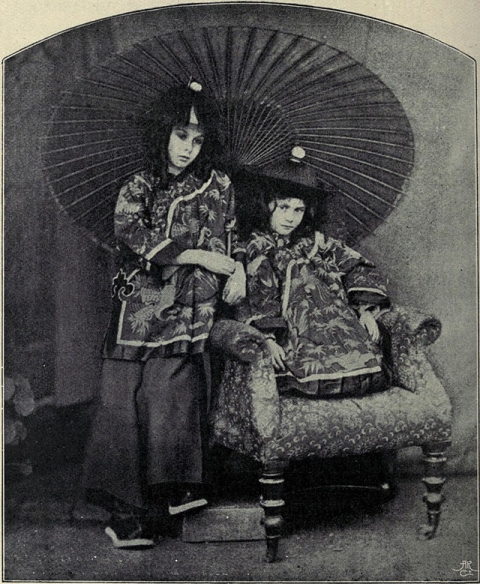
Lewis Carroll, the famous writer, was also an incredibly talented photographer. He made a big contribution to the development of children’s portrait and fashion photography. He often worked with sets, props, and wardrobes. To this day, similar ideas can be found in many photographers’ work. His ability to capture natural emotions and the mature side of children is fascinating.
His long career as a photographer (1856-1880) coincides with the “Golden Era” of 19th century photography, which centered on the wet collodion “wet plate” negative process and the corresponding positive albumen print process.
What are your favorite vintage photos? Who are your favorite master photographers from the past? Why? Let us know in the comments below! And learn more about photography at the New York Film Academy.



